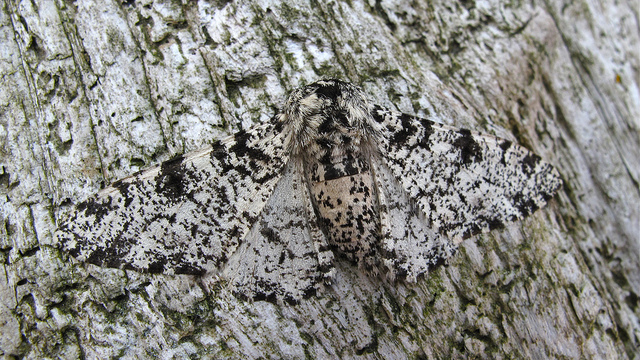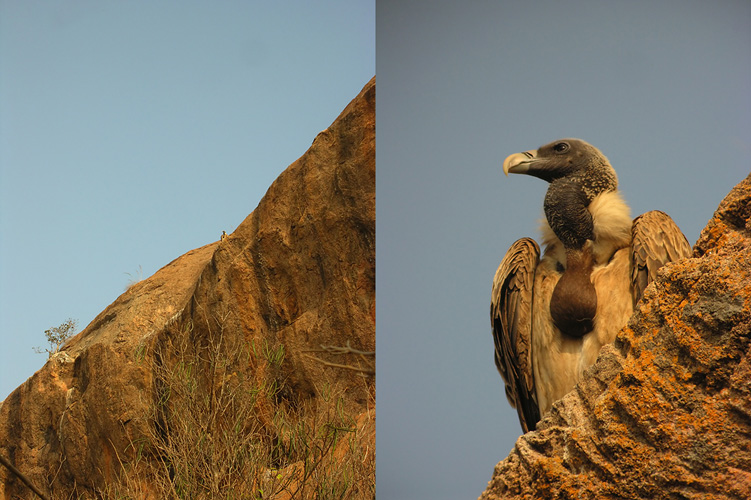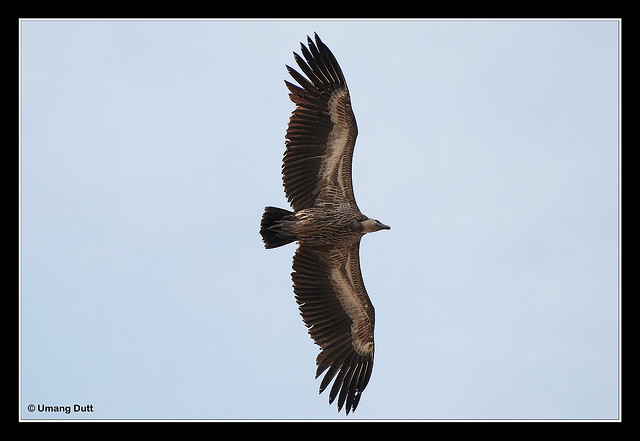I spent last Sunday hiking with friends in the Shawangunk Ridge, in New York state. The Gunks, as it is locally known, is a ridge of bedrock that extends from the northernmost tip of New Jersey to the Catskill Mountains in New York. It was an incredibly foggy day, so we didn’t get to see any of the scenic vistas. But we did get to enjoy the weirdly diverse vegetation, all of which was covered in dew. The highlights were hiking through a beautiful ice cave, and having lunch on a ledge overlooking a 180 feet (54.6 m) tall waterfall. That’s a few feet higher than the vertical drop of Niagara falls. Check out some of my pictures below (fullscreen for full effect).
In the last image, you can use the people as a scale to get a sense of the size of this waterfall. The vertical cliff face that you see was once the site of a geological fault, where a crack formed in the bedrock and broke the symmetry. Rock on one side of the fault then slipped under, as rock on the other side got pushed above. Erosion has since gotten rid of the topsoil at this fault line, exposing the layers of bedrock beneath. It’s a striking testament to the power of geological forces.
The layers of rock that you see have been dated to about 430 million years ago. This was an interesting time in our history. It is when our ocean-dwelling fish ancestors started incorporating a new invention into their bodies – bone. It was also the time when these ancestors (who would later give rise to amphibians, reptiles, birds and mammals) parted ways with the ancestors of some rather interesting characters. These were the Coelacanth and the Lungfish, the so-called ‘living fossils’ of the ocean.

Of course, there’s really no such thing as a living fossil, as Darwin was well aware when he coined this phrase. Every species alive today has been evolving for just as long as we have (and usually much longer, because evolution is measured in generations and not years). But the Coelacanth, and to a lesser extent the Lungfish, are the few cases where this phrase is appropriate. Fossil records and genetic comparisons bear out that Coelacanths have indeed not changed a whole lot for hundreds of millions of years. Our ancestors from this time may, at least superficially, have looked something like this.
Continue reading Seeking symmetry on a sunday morning (updated)



